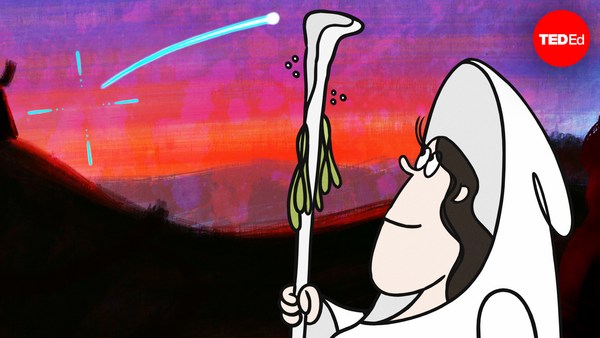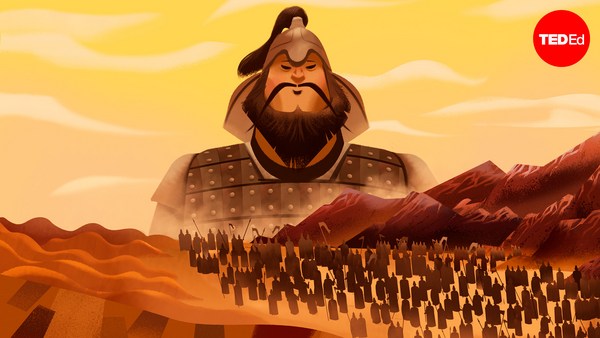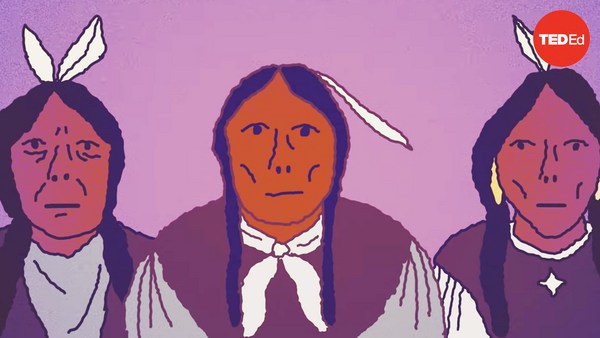One summer evening in 335 BCE, Alexander the Great was resting by the Danube River after a day of fighting the Scythian tribes when a band of strangers approached his camp. Alexander had never seen anything like these tall, fierce-looking warriors with huge golden neck rings and colorful cloaks— so he invited them to feast with him. They proudly said they were Keltoi or Celts who came from the far-away Alps. Alexander asked what they feared the most in the world, hoping they would say him. They laughed and said they feared nothing at all.
This is one of the earliest stories about the ancient Celts. While we don’t know where the first Celts came from, by Alexander’s time they had spread across Europe from Asia Minor in the east to Spain and the Atlantic islands of Britain and Ireland in the west. The Celts were never one unified empire, and they didn’t build cities or monuments. Instead, they were hundreds of independent tribes who spoke the same language. Each had its own warrior-king and religious center. The tribes fought each other as enthusiastically as they fought their enemies.
Few armies could stand up to them. Somewhat unusually for the time, the Celts believed in reincarnation— that they would be reborn on Earth to live and feast and fight again, which may have contributed to their fearlessness in battle. Some of them fought naked, scoffing at their enemies’ armor. The greatest trophy a Celtic warrior could possess was the severed head of a foe. They preserved these heads in jars of cedar oil and showed them to guests who visited their homes. Celtic warriors were so valued in the ancient world that foreign kings often hired them as mercenary soldiers to serve in their armies.
But the Celts were much more than just warriors. Among them were many skilled craftsmen, artists, and great poets called bards. The bards sang of the brave deeds of their ancestors and praised the accomplishments of warrior kings— and composed biting satires about cowardly or selfish leaders.
The Celts worshipped many gods, and priests known as druids oversaw this worship. Anyone could become a druid, but the training required many years of study and memorization— the druids were not allowed to record any of their teachings in writing. Druids supervised religious practices and sacrifices to the gods, but they were also teachers, healers, judges, and scientists. They were so respected that they could step between warring tribes in the middle of a battle and call an end to the fighting. No Celt would dare to harm a druid, or question their decisions.
In the 2nd century BCE, the Romans began to encroach on Celtic territory, conquering the tribes of northern Italy. Rather than unite against the Roman legions in response to this defeat, the Celts maintained their tribal divisions. The tribes of Spain fell soon after. In the 1st century BCE, Julius Caesar marched his armies across France, using bribery, threats, and lies to turn tribes against each other. Only in the closing days of this great war did the Celts unite against their common enemy under the leadership of king Vercingetorix, but it was too late. Countless warriors and their families died or were enslaved as the Romans conquered France.
Protected by the surrounding waters, the Celtic tribes of Britain and Ireland were the last holdouts. When the Romans finally invaded Britain, the queen Boudicca united her tribe in a revolt after her husband was killed. She almost succeeded in driving the Roman legions out of Britain before dying as she led a final battle against the enemy.
By the end of the 1st century CE, Ireland alone, far out at sea, remained unconquered by Rome. There, the ways of the ancient Celts survived untouched by the outside world long after Rome itself lay in ruins.


